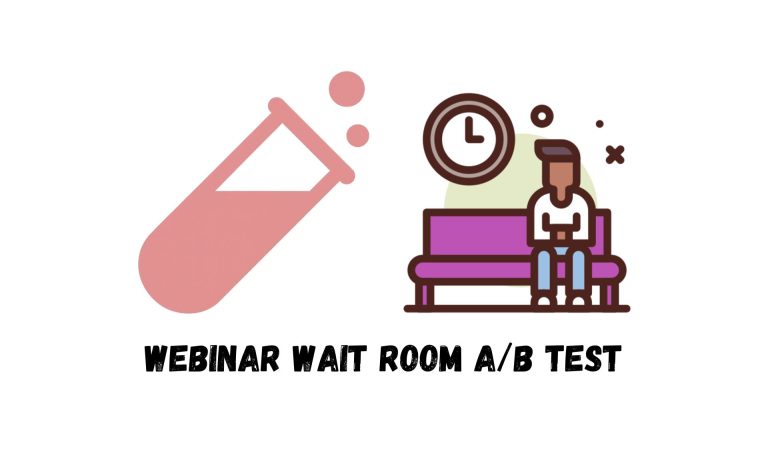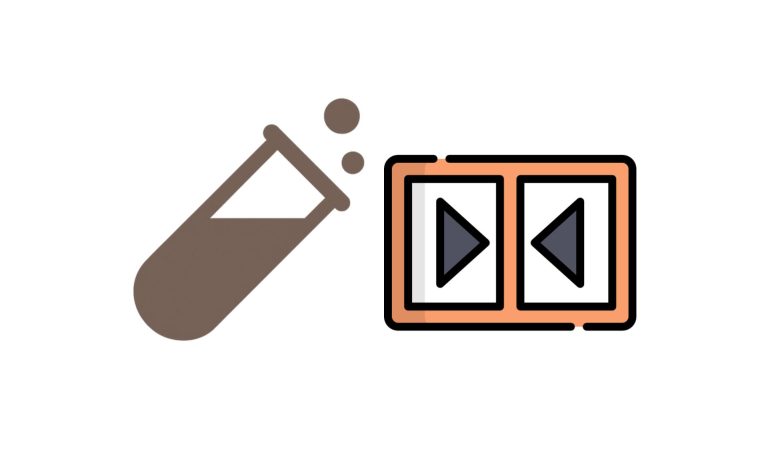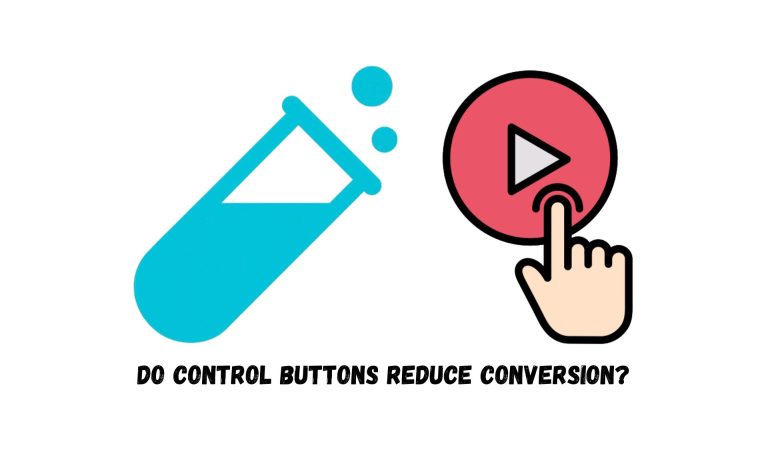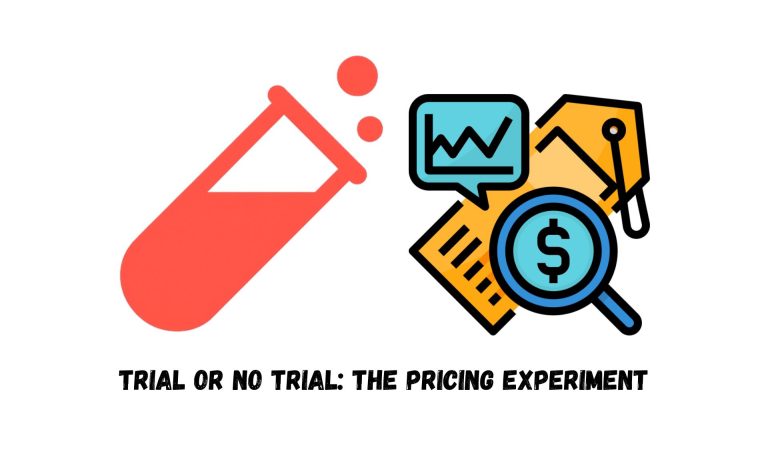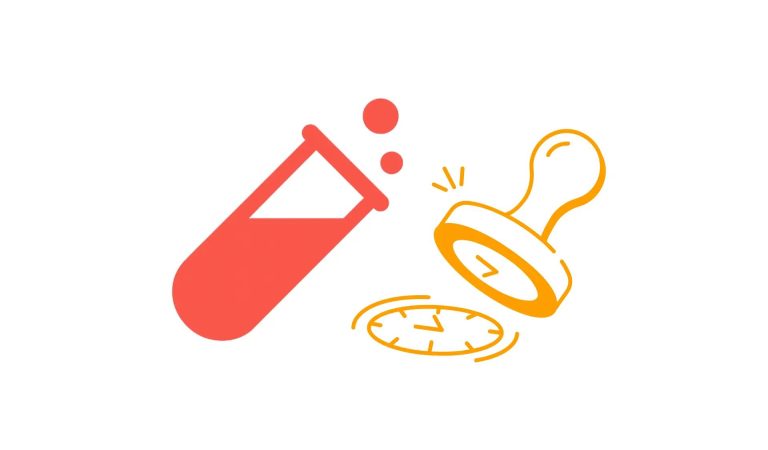Clear and consistent naming helps your team instantly understand what each PostHog experiment is for, without having to dig through its setup. These guidelines ensure every test has a meaningful, trackable name—making collaboration and analysis easier.
If you’re looking for instructions on creating an experiment from scratch in PostHog, click here for a detailed guide.
Why Naming Matters
A well-named experiment is self-explanatory. It tells you:
- What part of the journey it tests.
- What specific change or idea is being tested.
- How it fits in your overall testing history.
Consistent naming saves time, reduces confusion, and helps teams avoid duplicate or conflicting tests.
Experiment Naming Format
We use this structure for all experiments:
[Experiment Number] – [Step of the Funnel/Page] – [Test Hypothesis]
Experiment Number
- A sequential 3-digit number (e.g., 001, 002, 003).
- Makes it easy to track and reference, even as the test library grows.
Step of the Funnel/Page
- Identifies where in the user journey the test runs. Examples: Homepage, Signup, Checkout, Onboarding.
Test Hypothesis
- A short, clear phrase describing the change being tested. Examples: CTA Text, Modal Design, Pricing Layout.
Feature Flag Naming Format
For feature flags in code, we use a similar format, optimized for implementation:
[Experiment Number]-[step-of-funnel-page-hypothesis]
- Lowercase, no spaces.
- Use hyphens for readability.
- Often abbreviate or simplify the funnel/page step for consistency in code.
Why?
Feature flag keys need to be predictable, consistent, and easy to type or search in codebases.
Examples
Experiment Names (for internal docs and dashboards):
010 – Pricing Page – Toggle Design
015 – Onboarding – Welcome Modal
Feature Flag Keys (for code):
010-pricing-page-toggle-design
015-onboarding-welcome-modal
We use 3-digit numbers to ensure unique identifiers even as we scale to hundreds of experiments.
Best Practices
Be specific. Avoid generic names like “Test 1” or “Homepage Experiment.”
Keep it concise. Aim for clarity without long-winded descriptions.
Use consistent terms. Align naming across teams and projects.
Plan for scale. Choose a format that works for dozens or hundreds of tests.
Related Resources
If you want to go further, we’ve also explained:
Check them out for step-by-step implementation guides.




